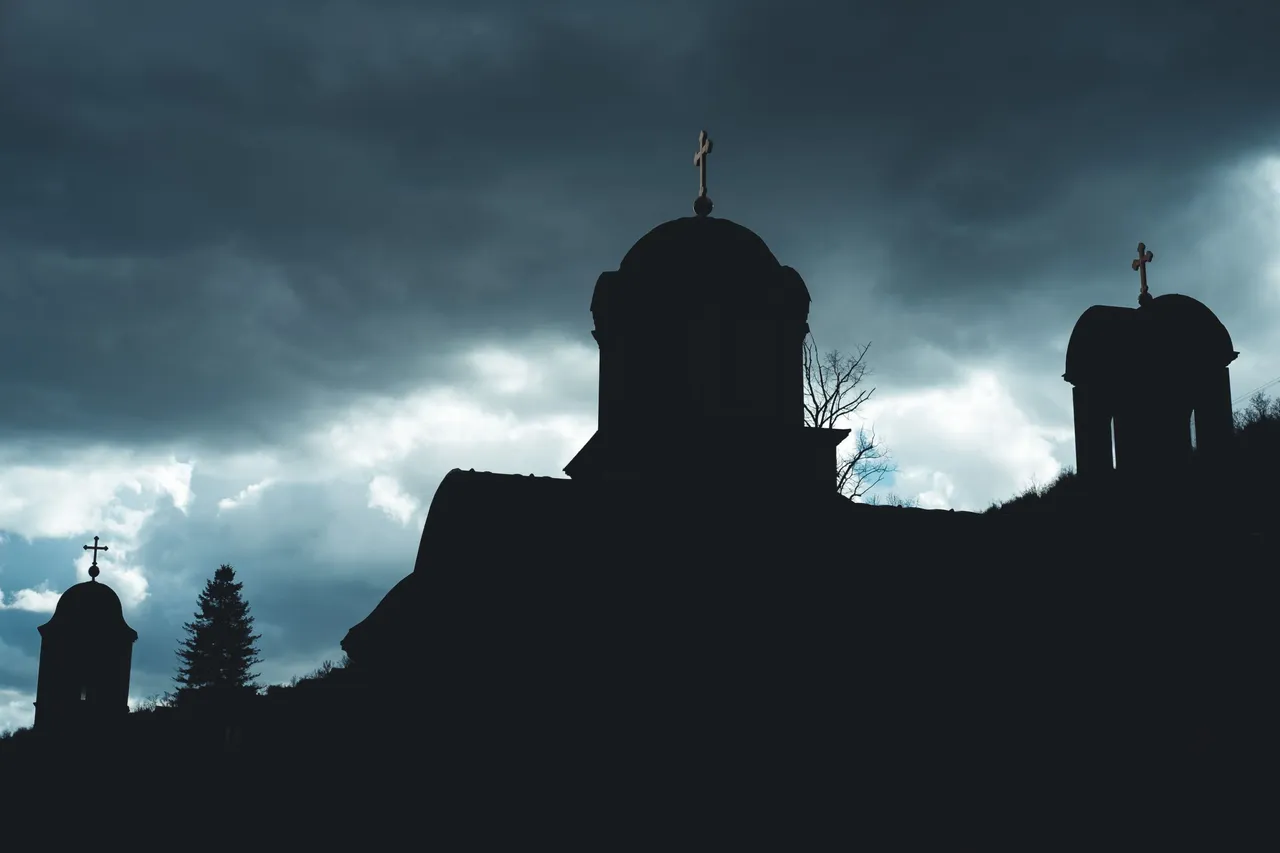
Last week I got to go to Rakovica municipality in Belgrade and visit the monastery with the same name. I mentioned in one of the previous posts that I'm looking for natural spring sources of drinking water which is one of the reasons that lead me to this beautiful place. The source of St. Petka (Saint Parascheva) which is located right across the monastery is one of the few sources in Belgrade with clean water. Not only that, many legends and stories talk about its healing and miraculous properties, which one of the women serving at the monastery repeated while I was there.
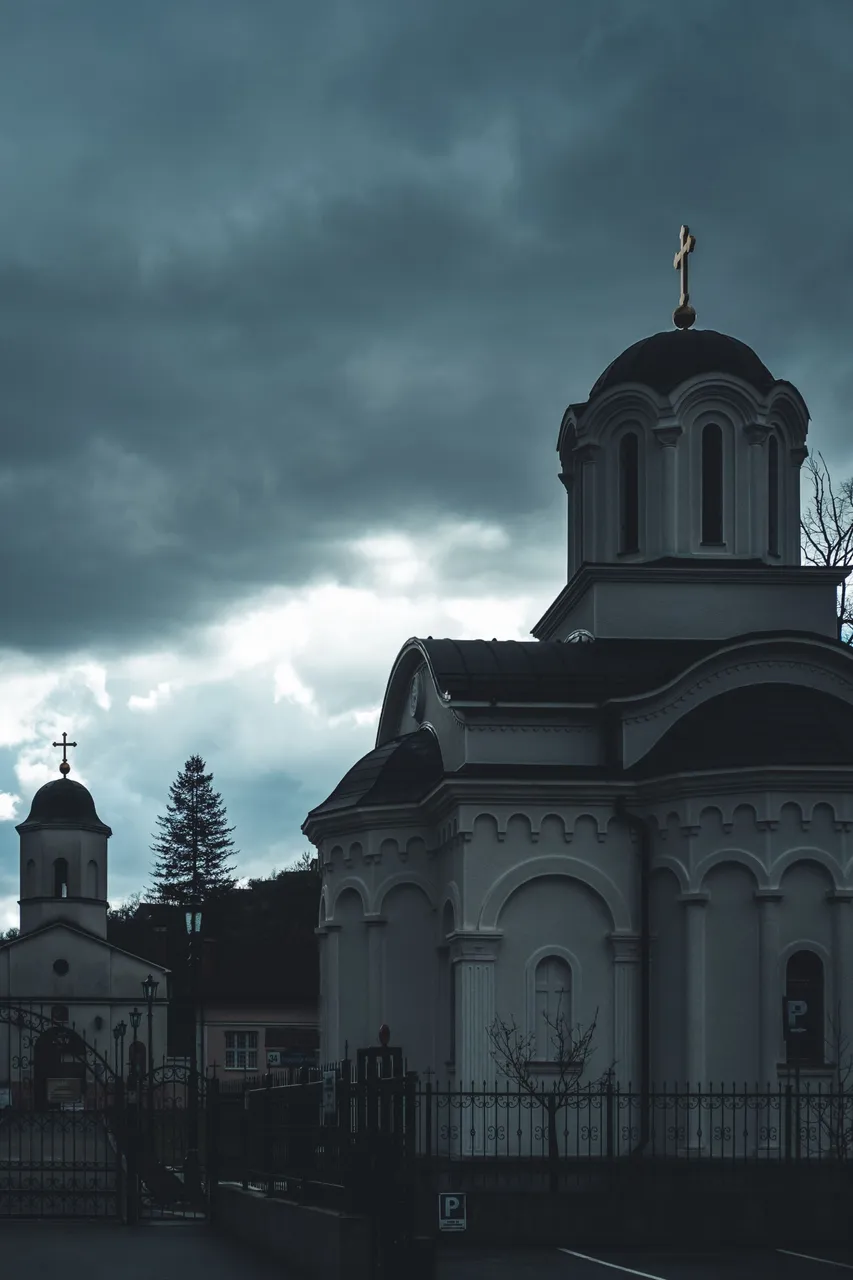
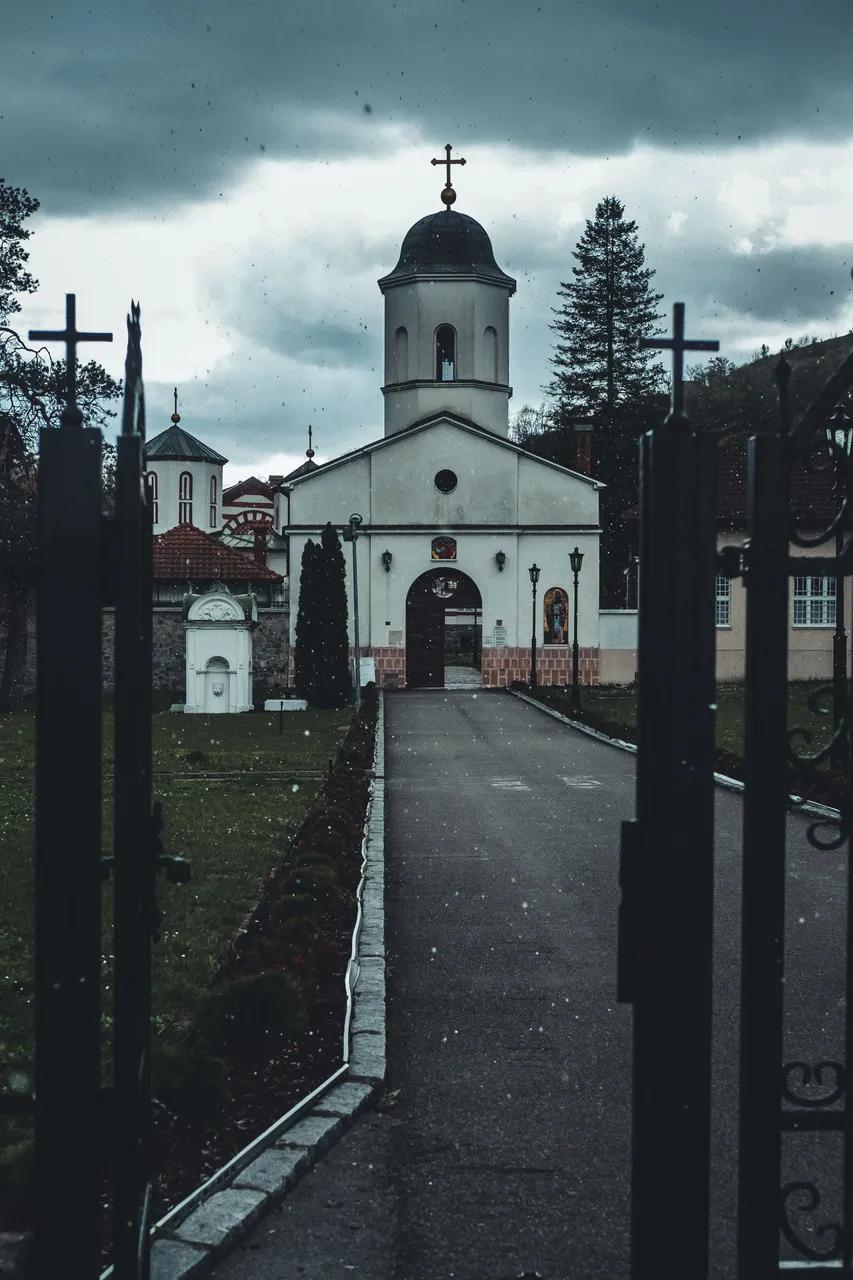
It was a crazy day weather-wise - as I was approaching the monastery it started snowing out of the blue and the ominous clouds surrounded the place. By the end of my visit, just an hour later, the sun was shining and it was spring weather. Besides the monastery, the complex consists of gardens and multiple buildings built in the period between 15th and 20th century, with different purposes, each unique in design.
Cloudy day gives justice when one photographs such historical monuments, I believe. They look more magnificent and you can feel the history of the place looming over. So I was happy that it was a day like this.

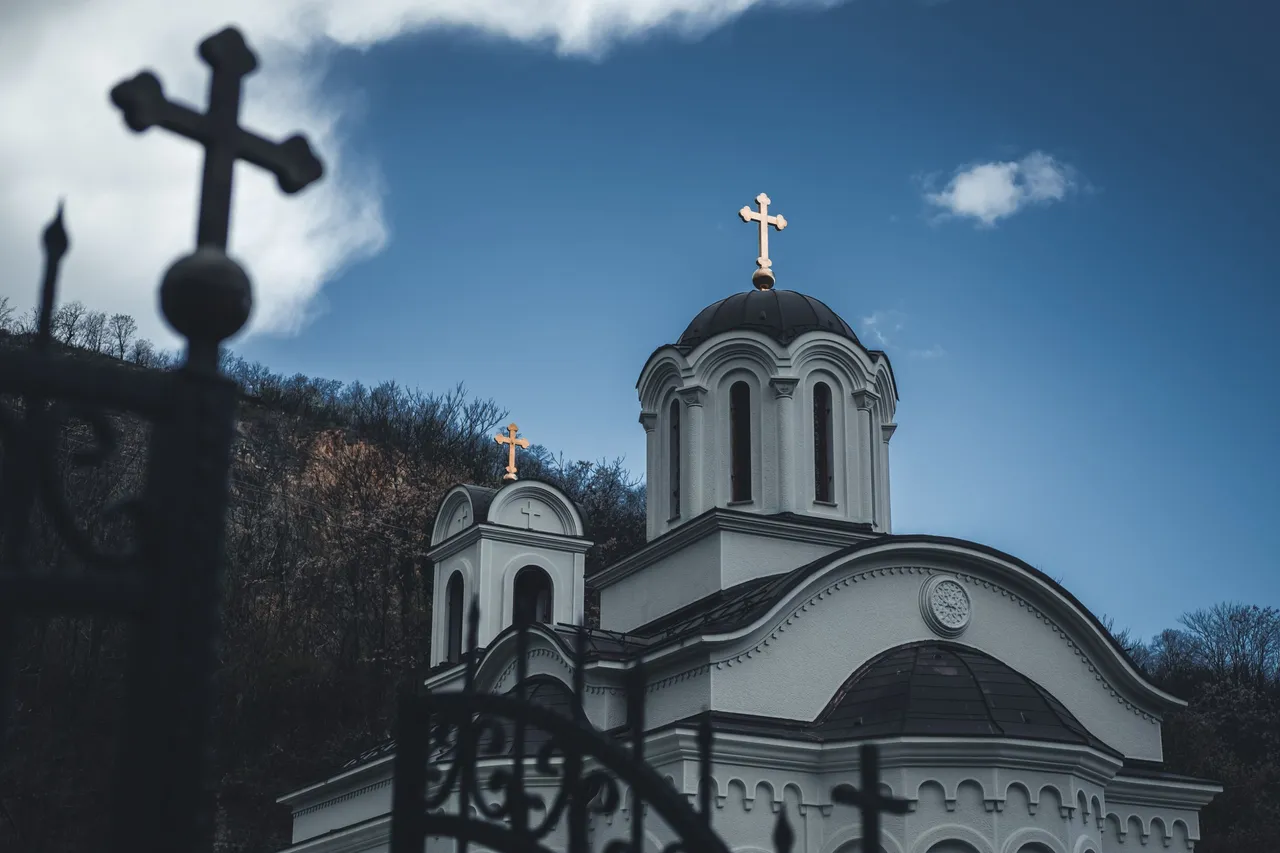
And the Rakovica monastery indeed had a turbulent history. Exact time when it was built is unknown and only guessed based on certain found writings. It was likely built in the 14th century during the reign of prince Lazar, and it was at a different spot in the municipality.
Due to its position on the important road, the significance of geographical location, it was destroyed or damaged multiple times. In a period between 16th and 18th century there was a lot of tension between Serbian, Turkish and Austrian empire - monastery often paid the price for the conflicts. At the end of 16th century it was moved to a close, new location, more secluded and closer to the woods.

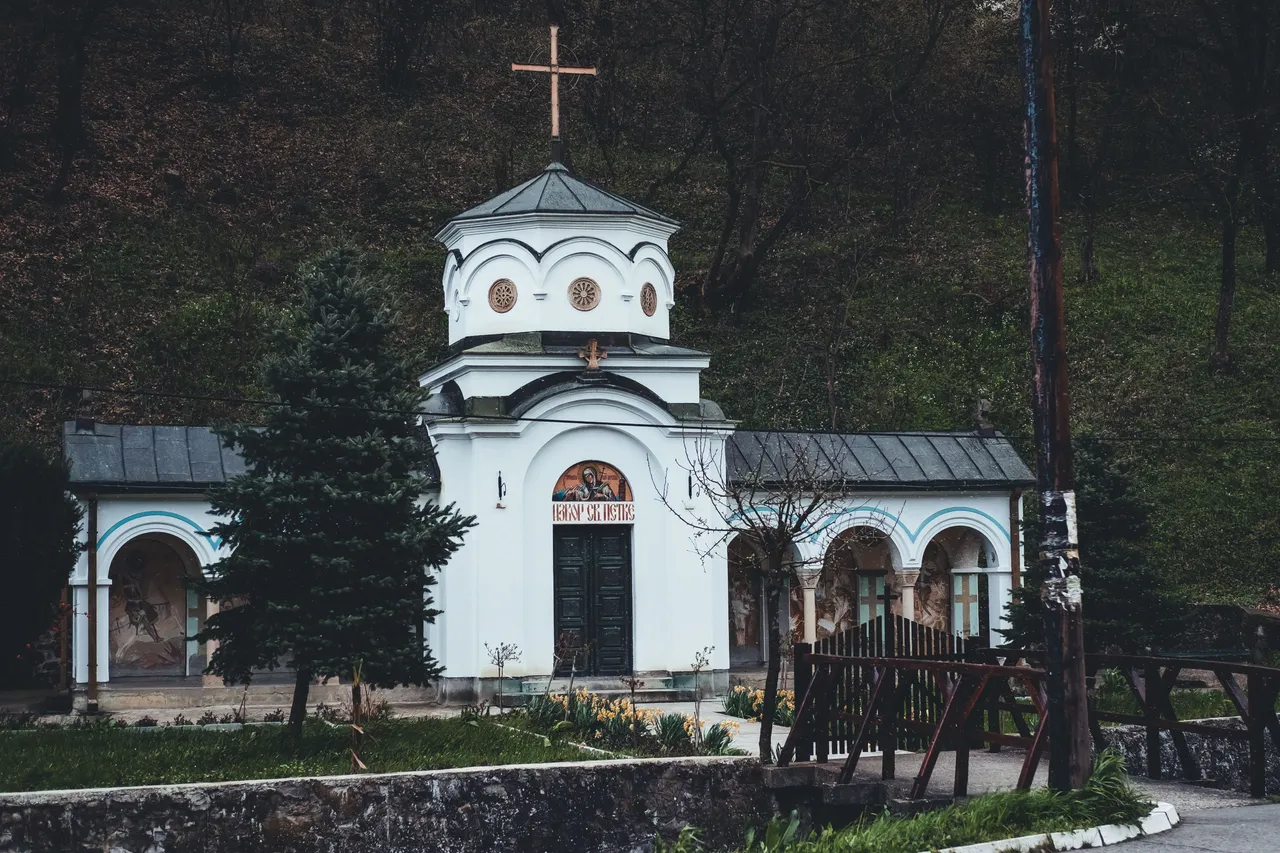
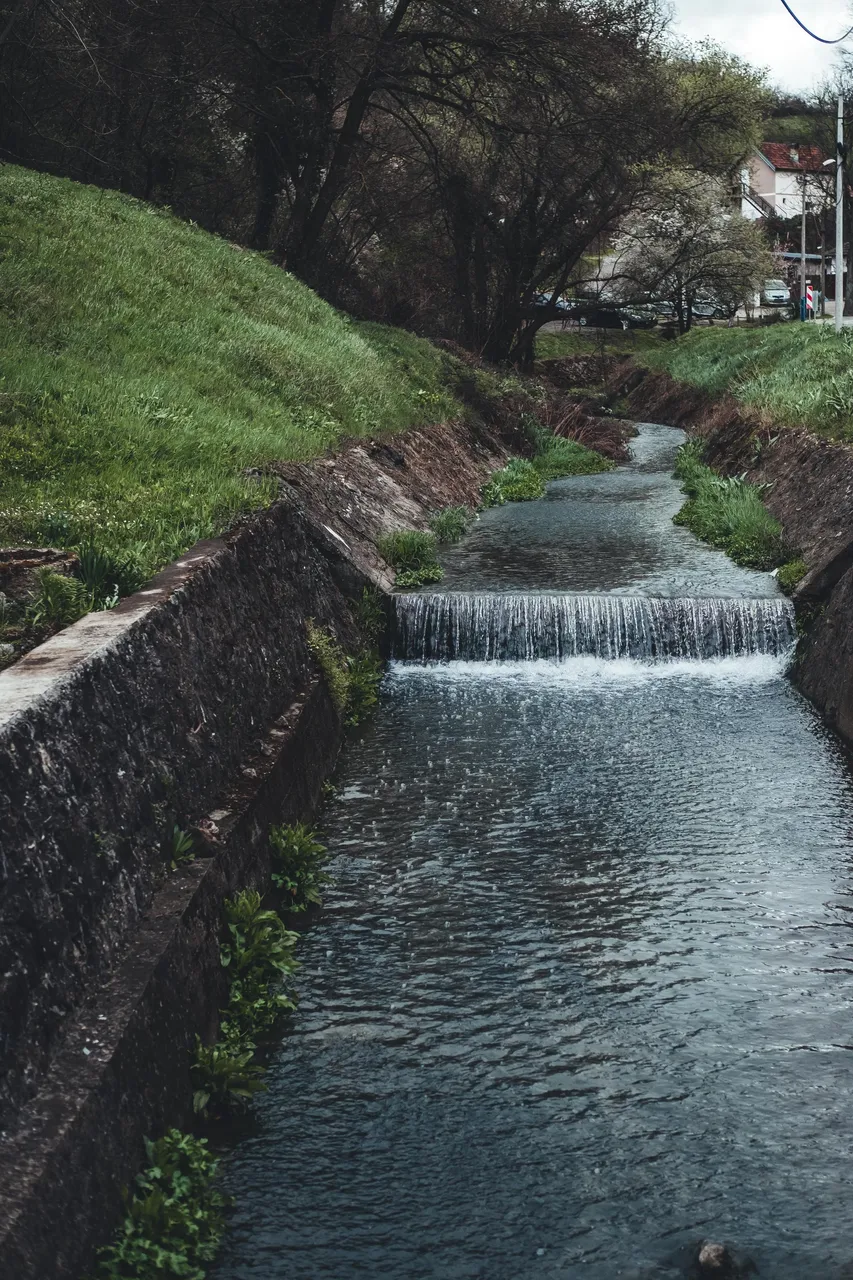
Around the complex there are three different sources of water with potentially healing benefits. One, which you can see here in the photos is in this building across the monastery that's dedicated to Saint Petka. I was lucky that the woman came and opened the door, because it's usually locked on week days.
The other source is inside the monastery, in the name of Holy Mother of God and the third one is on the right side of the monastery, in the forest, and is dedicated to Serbian St. Sava.
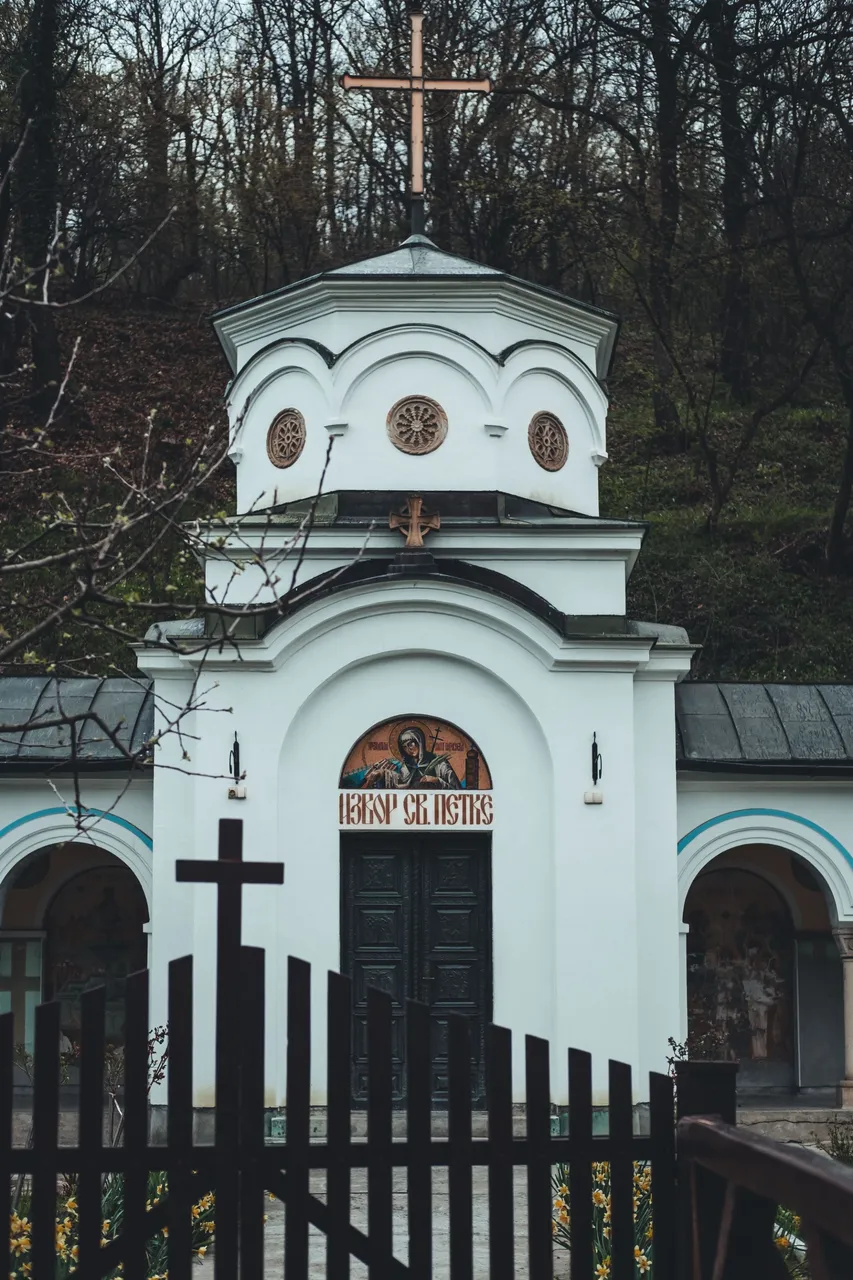
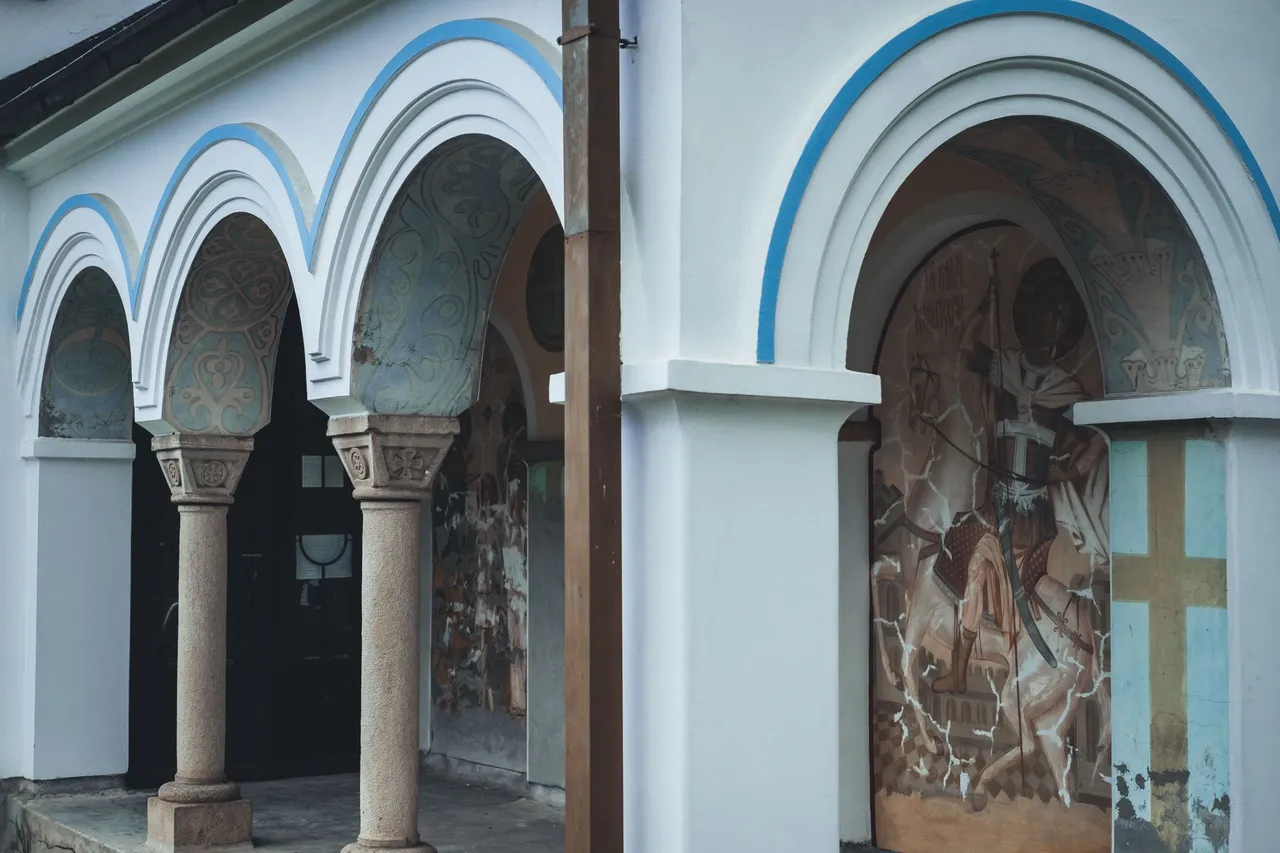
It is asked of visitors not to use cameras inside the complex so I honored that and don't have much to show from the inside. The main building is the Church of archangels Michael and Gabriel, built in the Moravian style (popular in 15th and 16th century, some of the most important Serbian monasteries are built in this style).
Throughout history many who belonged to imperial family where buried at the monastery, especially those related to Obrenovic family. Most recently, Patriarch Pavle, the loved and respected Patriarch of Serbian Church was buried in Rakovica monastery in 2009 according to his wishes.
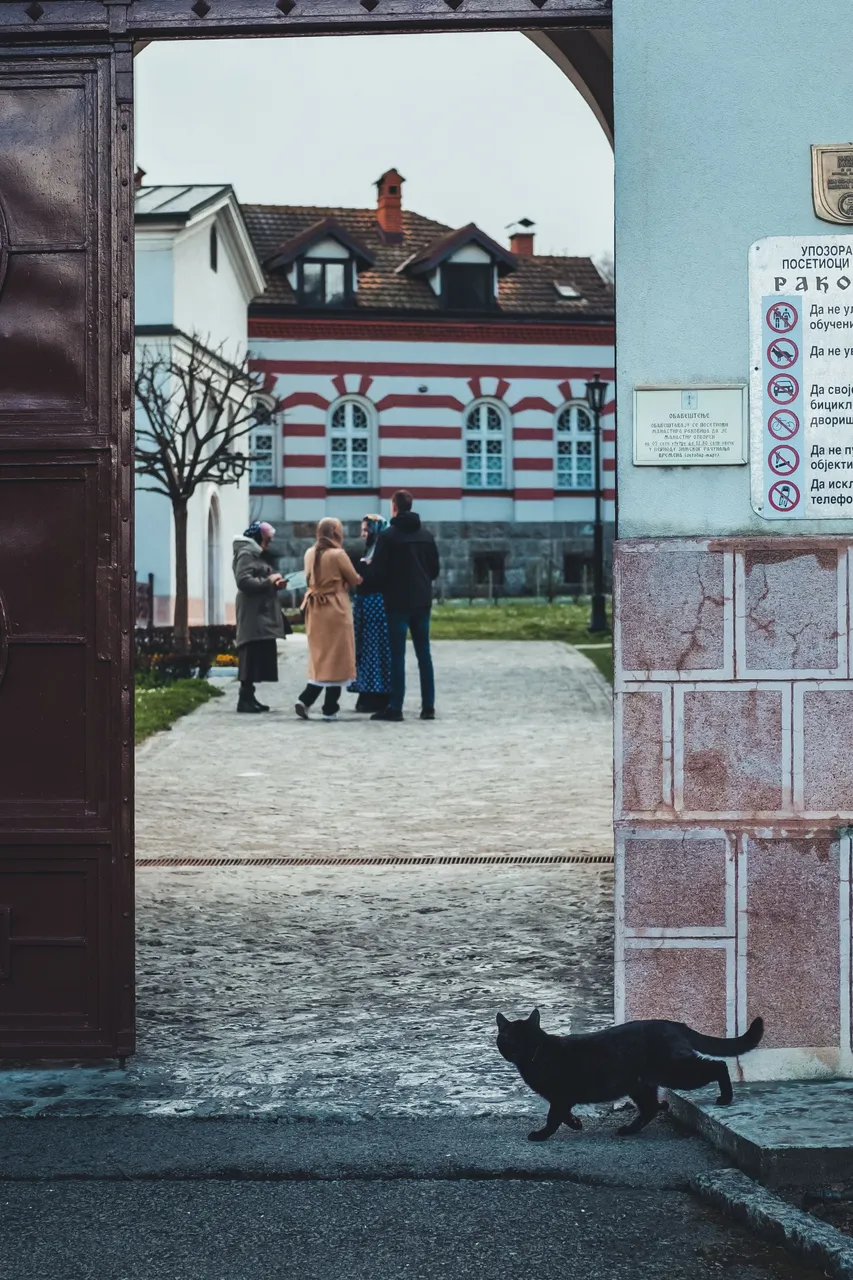

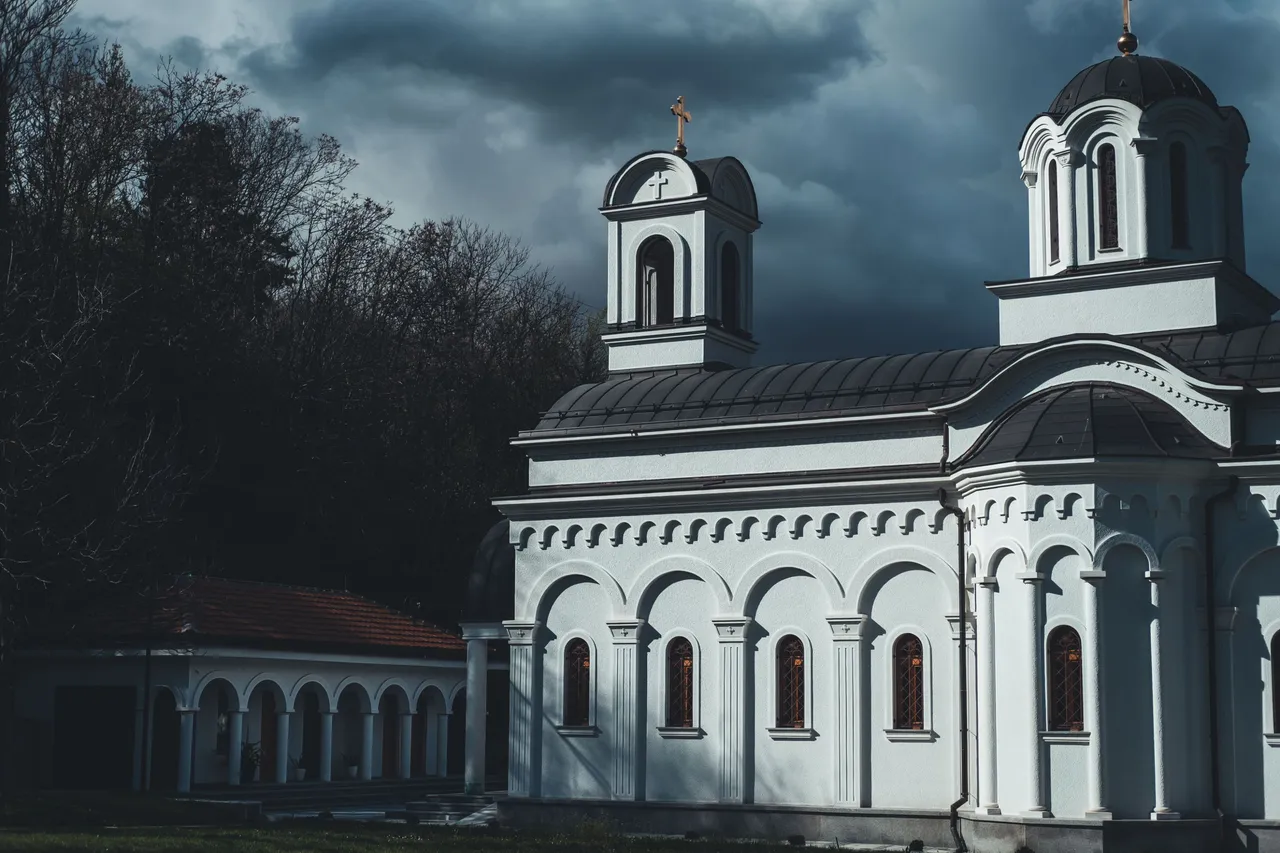
It was my initial plane to climb up the hill and photograph the entire complex from above. Unfortunately, the bus came by while I was looking around and I drove off completing forgetting about the climb. Next time for sure. It was starting to get too sunny anyways. :)